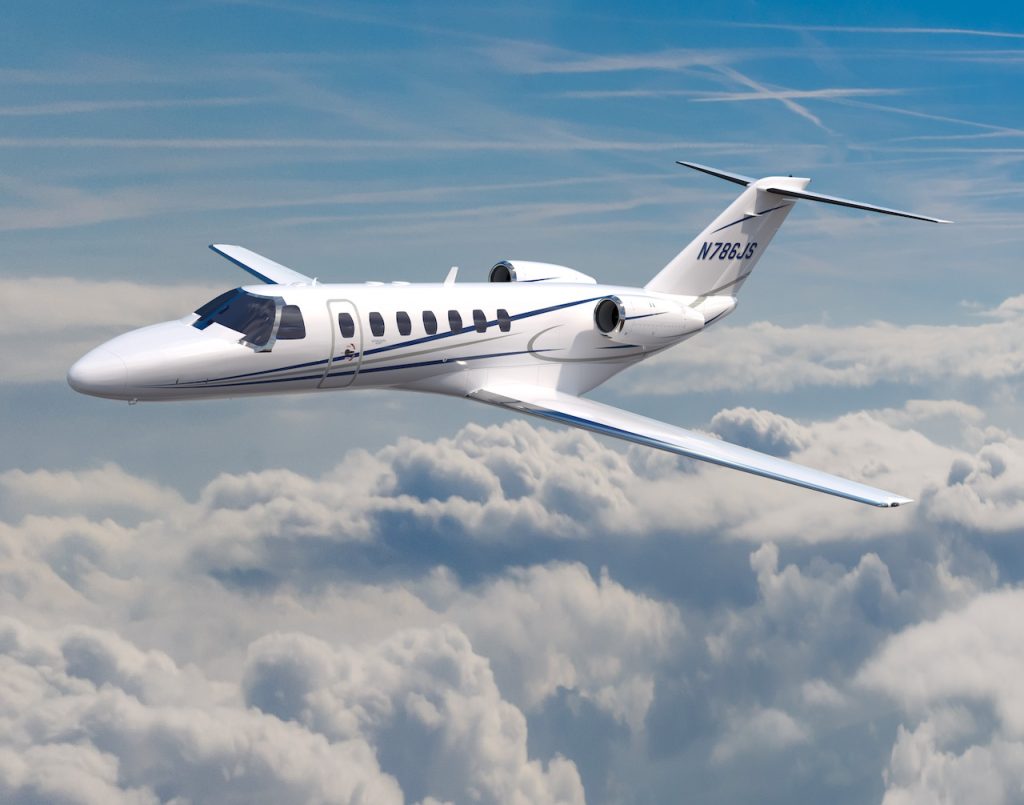by CJP Newsletters Editor Rob Finfrock
Given the importance the global business aviation community has placed on achieving “net zero” carbon emissions, one might expect a report published last month by the U.S. Environmental Protection Agency (EPA) would have garnered more attention. On April 18, the EPA – certainly not the biggest fans of private jets – released data indicating that carbon dioxide (CO2) emissions from turbine-powered business aircraft departing from U.S. airports had dropped 62 percent from 2005 figures.

“[That means] the industry appears to have already achieved its long-term goal of halving emissions by 2050 relative to 2005 levels – at least in the U.S.,” noted Aviation International News. Moreover, this significant drop came even as turbine-powered business aircraft movements in the U.S. increased over the same period, and not by a little.
According to AIN, the EPA’s data shows carbon emissions from U.S. business jets and turboprops fell 38 percent from 2019 to 2022, even as Argus International’s TraqPak analytics noted turbine business aircraft departures from U.S. airports rose from 4.02 million flight hours over the same period to 4.93 million – a 22.6 percent increase, driven in large part by heightened demand during the COVID-19 pandemic.
Overall turbine aircraft emissions fell by seven percent since 2007, the EPA report continued, “due in part to improved operational efficiency that results in more direct flight routing, and improvements in aircraft and engine technologies to reduce fuel burn and emissions.” That figure factors in commercial airline movements that are only now rebounding from the pandemic.
Still, reduced emissions from more flights seems like something business aviation could rightfully shout a bit about, right? Well, we’ll get to that.
First, it’s worth noting this drop came with relatively little notice or effort for operators. While the FAA’s vaunted “NextGen” modernization program has yet to achieve all its promised aims, today’s pilots certainly benefit from more direct routing and improved climb and descent procedures relative to 20 years ago.
Each new generation of turbofan- and turboprop-powered business aircraft is also markedly more efficient than their predecessors, often constructed with lighter materials and with ever-more advanced flight decks. While there are certainly environmental benefits with such advances, it’s no secret that OEMs make such improvements to convince their customers to upgrade to the latest and greatest aircraft series.

And while a 62 percent decrease in CO2 emissions is certainly noteworthy, it’s also not enough. That’s the message NBAA’s CLIMBING. FAST. initiative aims to spread through a two-pronged approach that highlights both the industry’s benefits to companies, citizens and communities (a la the “No Plane No Gain” campaign launched in 2009) and business aviation’s redoubled efforts to achieve net-zero carbon emissions from the industry by 2050.
More efficient business jets are only a part of that process. We should see even more lifecycle CO2 reductions as greater quantities of sustainable aviation fuel (SAF) become more widely available. More substantial decreases are promised by the near-future introduction of hybrid, hydrogen and full-electric-powered aircraft and advanced air mobility (AAM) vehicles… although, to be fair, their ultimate viability and success remain to be seen.
And in light of increasingly fervent global protests against aviation, and business jets in particular, it would probably be unseemly to celebrate surpassing what has since become an outdated goal. Still, it’s an achievement for which Citation pilots can feel a bit proud in working toward a more sustainable industry.
In addition to his work for CJP, Rob Finfrock is a freelance writer and podcast host for NBAA.